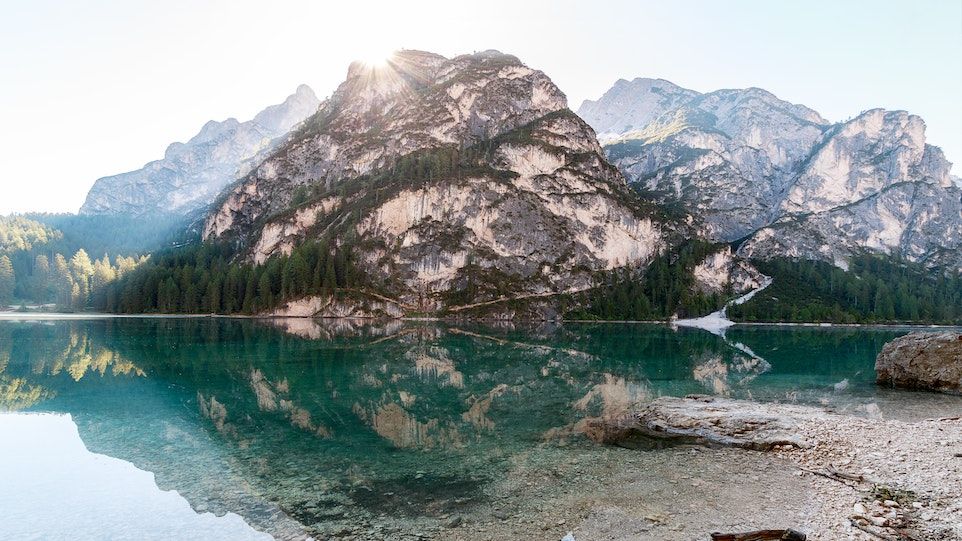
Lessons from the Ice Age

Mountain lakes clearly react to climate change in their ecology. They are likely to change significantly in the coming decades.
01/17/2022 · News · Leibniz-Institut für Gewässerökologie und Binnenfischerei · Umweltwissenschaften · Forschungsergebnis
Lakes in alpine locations react sensitively to climate change. Researchers led by IGB and the Faculty of Geosciences at Southwest Jiaotong University in Chengdu, China, have analysed in detail the changes in a lake in the northern Tibetan highlands since the end of the last ice age. Sediment samples dating back thousands of years show strong ecological changes due to rising temperatures and the influence of melting glaciers. This was already true at the end of the last ice age, as well as in the middle of the Holocene epoch, and could also become relevant today in the course of climate change. The study, published in Communications Earth & Environment, also shows that the changes can occur with a time lag.
The researchers studied the dynamics of the water balance and the temporal sequence of ecological responses in the lake and its catchment, during and after the Ice Age, at Lake Hala. The study provides important clues on how glacier-influenced mountain lakes evolve under climate change. "There is scientific evidence that mountain lakes that have so far been largely unaffected by humans will react quite sensitive to climate change events. To better understand the changes and processes, it can be helpful to look back - in this case we looked back about 23,000 years," explained IGB researcher Bernhard Aichner, the lead author of the study.
Sediment core as climate archive and biomarkers as chemical fossils
Using sediment cores, the researchers were able to read the events as from a timeline. The sample material was examined at the German Research Centre for Geosciences (GFZ) in Potsdam for so-called biomarkers. These are characteristic organic molecules that can be used as chemical fossils. The general succession, i.e. the appearance and disappearance of various biomarker groups, representative for grasses, algae and aquatic plants, showed the expansion and decline of vegetation on land and in the water. Hydrogen isotopes of these molecules provided information about the water flows of the atmosphere, glaciers and lakes.
Mountain lakes react sensitively and with a significant time lag to climatic changes
Significant fluctuations in the concentrations and ratios of aquatic biomarkers and hydrogen isotope values over the period 15-14,000 and 8-5000 years ago indicate marked shifts in the hydroclimate, water balance and ecological equilibrium of lakes.
Weather and climate patterns in large parts of Asia are shaped by the monsoon, the strength of which has alternately increased and decreased over the past thousands of years. The research team was able to show that the ecosystems in the lake and its catchment area reacted clearly and with a time lag to these hydroclimatic changes. It was not increased precipitation that was the main trigger for the ecosystems' responses, but rising temperatures after the end of the last ice age and during the Holocene climate optimum, and the associated melting of the glaciers and increased meltwater runoff into the lake.
"Temperatures increased and the glaciers melted. These events had a significant impact on biological processes in the lake and the surrounding land. Especially in the lakes we see strong and rapid expansion phases of algae and changes in the phytoplankton community structures. The lesson is that we need to keep a special eye on mountain lakes in times of climate change. They are likely to change significantly in the coming decades. And these changes may not be immediately apparent," said Bernhard Aichner.
Original publication
Aichner, Bernhard; Callegaro, Alice; van der Meer, Marcel; Yan, Dada; Zhang, Yongzhan; Barbante, Carlo; Sachse, Dirk (2022): Asynchronous responses of aquatic ecosystems to hydroclimatic forcing on the Tibetan Plateau, in: communications earth and environment 3.